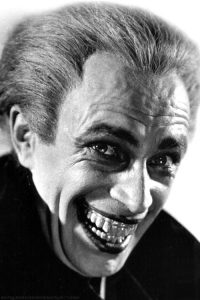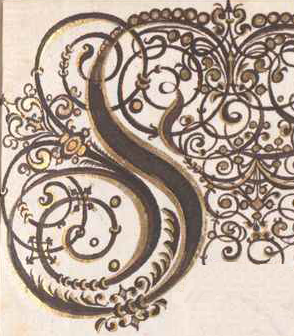Improvising on silent film “The Man Who Laughs”
 The Scroll Ensemble talks about what it’s like to improvise to a film:
The Scroll Ensemble talks about what it’s like to improvise to a film:
 James Hewitt
James Hewitt
Gritty and intense.. (in a good way).
Torn between the compact forms of baroque, and the long tension spans of
the film.
Torn between communication with the film, and communication with the
ensemble.
Always walking on a precipice, running the risk of disfiguring the face of
music, if there should be an unexpected turn.
And willingly disfiguring.
Stretching principles, forms, styles,
the string of time, if it should break,
or erupt into a new transformation.

Giulio Quirici
Improvising to a silent film – you get a first row seat as a spectator, but at the same time you are allowed to take part in the production and even (unlike in the cinema) get to make all the noise you please!!

Roberto Alonso Alvarez
Improvising to a silent film is giving sound to the emotions showed on screen. Doing it by group improvisation is very challenging, because you don’t only have to react to the emotions you get from the movie, but you also need to react to your colleagues on the spot.
 Robert de Bree
Robert de Bree
I think the ideas in baroque music lend themselves very well to film accompaniment. Specifically, I was interested in the idea of polyphony, to provide a rich background where we can both express the feelings of a character in the crowd, the crowd and the overall mood of that moment at the same time. These different elements can then, like in the film, interact with each other. As the others mentioned as well, the interesting extra layer we can then provide, is to colour those interactions with our own interactions. The motives and musical expressions themselves inspire as well, so, hopefully, an even richer set of layers comes into being.
